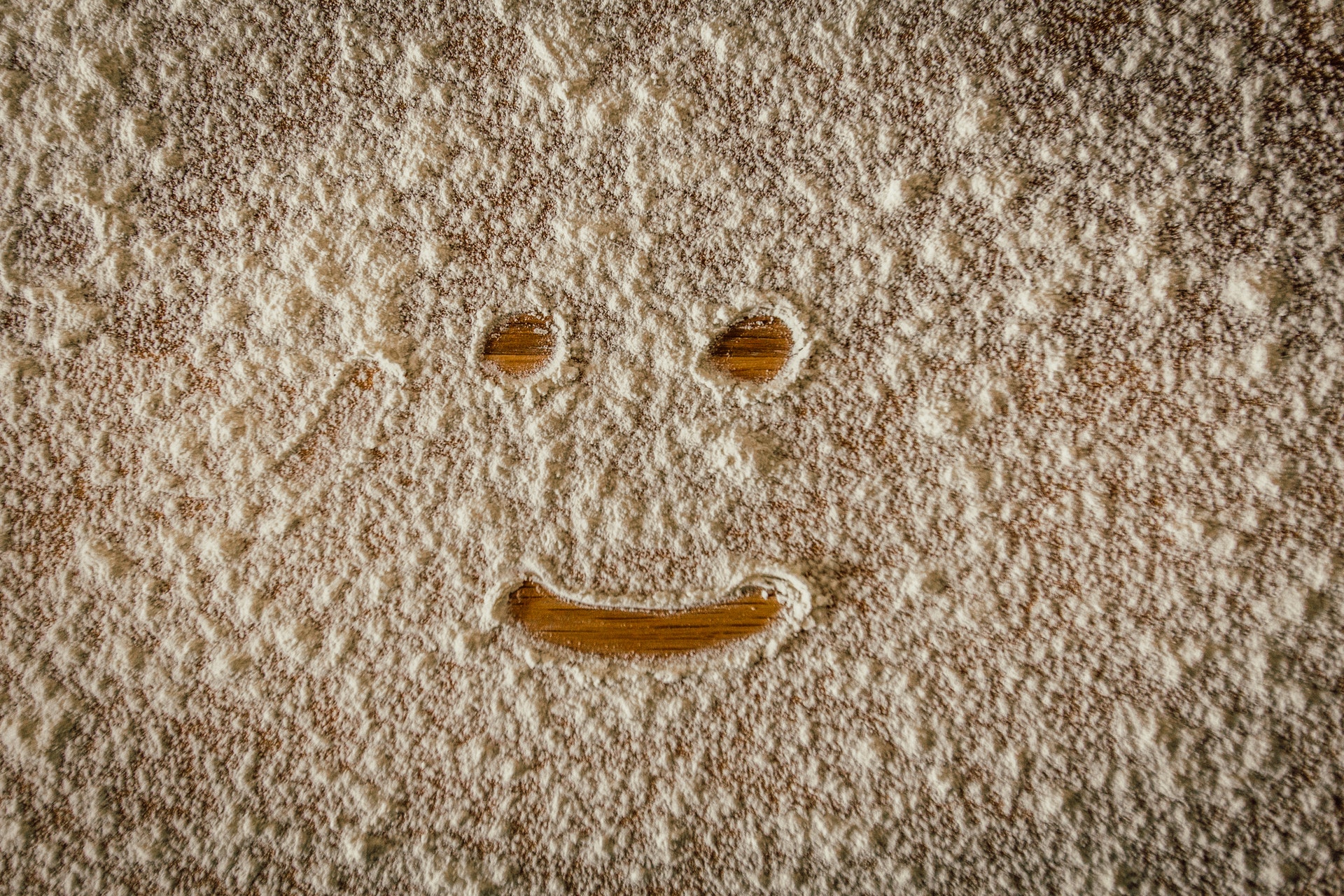
Body + Mind is reader-supported. We may earn an affiliate commission when you buy through some of the links on our site.
Elevating your diet doesn’t need to mean giving up your favorite comfort favorites. Even if you’re cutting back on empty carbohydrates, you still deserve the occasional baked treat.
One way to improve the nutritional content of anything from cakes to fried chicken is to use an alternative flour. Which one is the healthiest? Here’s an overview of eight varieties.
You probably grew up eating bleached, all-purpose flour. While this substance provides calories for energy, it’s also not the healthiest flour alternative.
One issue with white flour is that it quickly absorbs into your bloodstream, leading to sugar spikes. You feel energetic at first, followed by a debilitating crash. When the latter occurs, you crave more food, which can make you pack on unwanted pounds.
Another issue occurs with alloxan, a byproduct of the manufacturing process. Researchers use this substance to induce diabetes in laboratory animals because it destroys the pancreatic cells that create insulin. Combining this effect with the blood sugar effects gives you a perfect recipe for Type 2 diabetes.
What are some alternatives to all-purpose flour you can try? Why not experiment with one of the following varieties?
Are you on a low-carb diet? If so, almond flour may become your new best friend.
Almond flour has a slightly nutty taste that adds an intriguing flavor to brownies and cookies. With a glycemic impact of less than one, you can indulge your sweet tooth, especially if you use an alternative sweetener such as monk fruit in the recipe.
Chickpea flour is another low-carb alternative to the bleached white stuff. It’s rich in fiber, which keeps you feeling fuller longer, curbing cravings. It also serves as a valuable prebiotic to feed your intestinal fauna and aid digestion.
Chickpea flour has a neutral flavor, making it a natural substitute in nearly any recipe. It’s higher in protein than wheat flour, making it a valuable resource for the vegetarian and vegan crowds. You can also use it to please those who are gluten-free by choice or necessity.
Spelt is not gluten-free, so this alternative isn’t the best choice for those with celiac disease. However, this light and mild wheat offers various health benefits for those who can tolerate the protein.
Spelt has a slightly higher protein content than typical wheat, making it beneficial for vegetarians and vegans. It also has more fat, adding richness to baked goods. Finally, it’s an excellent source of magnesium, a mineral vital for mood regulation and neurological functioning.
If you read the ingredients labels of many popular treats, you’ll see brown rice flour listed. This substance is an excellent source of fiber, keeping your digestive system healthy.
Brown rice flour may help protect liver health. It contains choline, which carries cholesterol and triglycerides from this organ to elsewhere in the body where they are needed.
Coconut flour is another healthiest flour alternative for the gluten-free crowd. It may help to regulate your blood sugar levels, thanks to the healthy fats it contains.
Coconut flour contains medium-chain triglycerides (MCTs), substances linked with weight loss. They may also protect against bacteria and viruses and promote heart and brain health.
Cassava is a root vegetable that’s similar to a sweet potato. Millions of people worldwide rely on it for a food source. It’s similar to tapioca flour, although it uses the whole root, not just the starchy part.
Cassava flour is rich in carbohydrates, making it an excellent source of energy. However, it’s also high in resistant starch, meaning it won’t spike your blood sugar.
Amaranth is an ancient grain that most people with celiac disease can tolerate. It was used as a food staple by the Inca, Maya and Aztec civilizations.
This ancient grain is rich in protein and fiber, making it an excellent healthy alternative to the all-purpose variety. It has a mild flavor and can be sprouted to increase the nutritional benefits.
This alternative flour shouldn’t sound too unusual — it’s frequently seen in whole-grain breads. However, you can use it independently for its beneficial health effects.
Rye satisfies you longer than wheat because it lowers your insulin response, improving blood glucose. However, this grain is not naturally gluten-free, so you should avoid it if you have celiac disease.
Why stick to unhealthy all-purpose flour when you have plenty of healthier choices? Consider one of these eight healthiest flours and improve your diet today.
Your email address will only be used to send you our newsletter, and at any time you may unsubscribe. For more information, see our Privacy Policy.